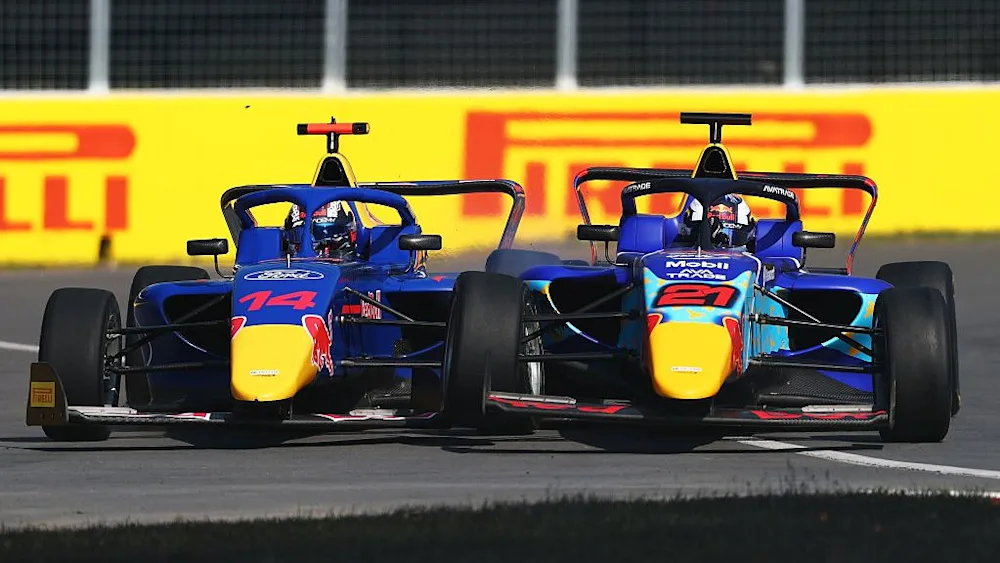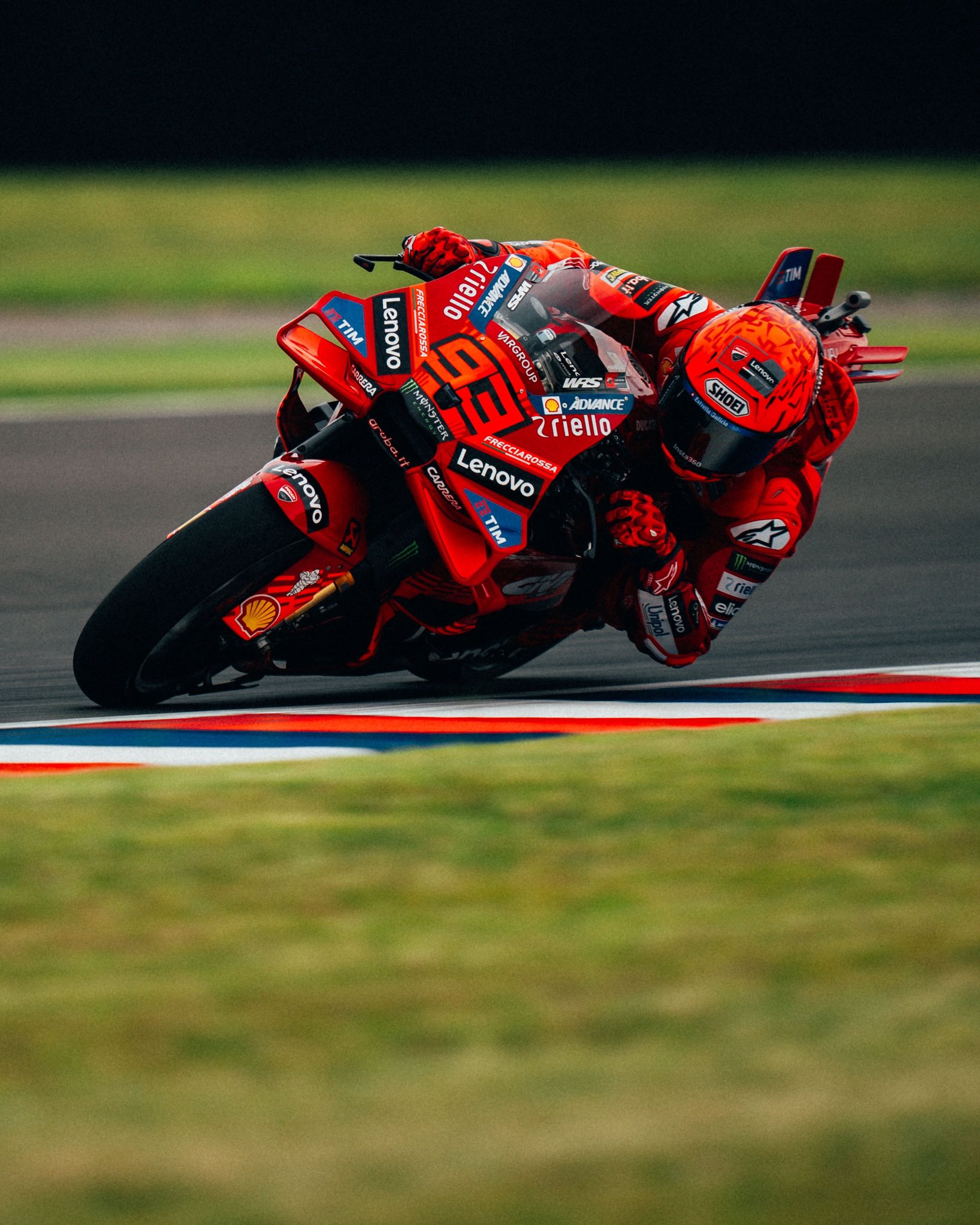The Legacy of Jordan F1: More Than Just the Luck of the Irish
- Lucy Murray

- Dec 7, 2023
- 5 min read
Updated: Jan 3
Written by Lucy Murray, Edited by Sharifah Zaqreeztrina

When people think back to the connection between Formula One and Ireland, Jordan often comes to mind. From their first race at the 1991 United States Grand Prix to their last entry in the 2005 Chinese Grand Prix, the Formula One constructor was enthusiastic, daring, and iconic. Featuring some of the best-loved liveries of all time, they graced the track in Buzzin’ Hornets style, amongst many other celebrated looks.
They are also known for debuting many motorsport legends, such as Michael Schumacher, Eddie Irvine, and Rubens Barrichello. Their 250 race entries marked exciting times in Irish motorsport history and with an ambitious founder at their helm - the sky was the limit.
Irishman Eddie Jordan founded Jordan Grand Prix ahead of the 1991 Formula One season. Tracing their racing history back to the 1980s, the Dubliner’s brand experienced success in lower formulae under the name of Eddie Jordan Racing.
With the triumph of Jean Alesi’s Drivers' Championship win in Formula 3000 under their belt, the team decided to dip their toes into the exciting world of Formula One. From there, it was lights out and away they went.
The 1991 season saw a unique blue and green livery enter the scene: The Jordan 191. The car featured 7 Up, a soft drink company, as their primary sponsor. Considered as one of the most beautiful cars in the history of Formula One, fans still talk about the car to this day. Bertrand Gachot and Andrea de Cesaris drove for Jordan for most of the season.
Still, changes in the driver line-up meant that Michael Schumacher, Roberto Moreno, and Alex Zanardi also had their turn behind the wheel. Finishing fifth in the Constructors' Championship with 13 points, the future seemed bright for the team, but where did they go from there?

Up to the 2000s, the team faced a lot of highs and lows. In 1992, they switched from Ford to Yamaha engines. Coming off the back of their successful 1991 season, they encountered troubles due to reliability issues and as a result came away with only one point from the final race.
With a similar unfortunate fate in 1993, the Jordan 193 had its own set of problems that led to a disappointing season. From the rear instability to the drivers' changeability, it was an interesting era for Jordan fans - and many will remember the post-race clash between race winner Ayrton Senna and rookie Eddie Irvine at the 1993 Japanese Grand Prix.
In 1994, they continued with a further developed version of the Hart engine they acquired in the previous year. They reignited their fire and drove multiple point-scoring races, with Rubens Barrichello securing the team's first podium position in F1 at the Pacific Grand Prix.
With this spark of hope pushing them further along the path to victory, they achieved even greater success in the 1995 season. In the Canadian Grand Prix, Barrichello claimed second place, with Irvine slotting in right behind him to clinch third.
Fresh from a triumphal season, they decided to go for gold in 1996, quite literally. Gaining a sponsor in cigarette company Benson and Hedges called for a unique gold livery that graced the track for most of the season.
Their promising year beforehand pushed the team to aim higher, but the win remained out of their grasp. At the end of the season, Barrichello and Martin Brundle left the team for their respective reasons, and along came Ralf Schumacher and Giancarlo Fisichella for 1997.
A new bright yellow, snake-inspired livery made quite the statement as the team shed their old ways and welcomed the rookies to the crew. They slithered into the spotlight, scoring multiple points and eventually placing fifth in the Constructors' Championship. In 1998, the race win was finally secured as the team’s latest driver, Damon Hill, brought them to victory in the Belgian Grand Prix.

1999 was a monumental year for the team, as they achieved their best finish of third in the Constructors' Championship behind Ferrari and McLaren with 61 points. With driver Heinz-Harald Frentzen winning both French and Italian Grand Prix, they also clinched third in the Drivers' Championship to round off a successful season for the team. Following these brilliant, show-stopping highs was a series of low points in 2000 for the EJ10.
Their tenth year in the sport saw a decline in the standings as they descended to sixth in the Constructors' Championship. In 2001, promising pre-season testing brought word that Jordan could bring the fight to the powerhouses of McLaren and Ferrari. The team ended the season fifth in the Constructors' Championship, and changes such as a new engine and a driver switch between Frentzen and Alesi characterised the year.
Financial troubles dealt a devastating blow to Jordan in the next two seasons, featuring a lack of sponsorship in 2002 and later a lawsuit with Vodafone. Honda also departed from the team during this time to focus on their work with BAR.
This theme continued into 2004, and the independent team worked on their budget to make the season work. By the end of this season, the team amassed only five points - a stark drop from their earlier days of glory. When Ford announced that they would pull out of Formula One, Jordan was left without an engine for 2005. Lost in this maze of uncertainty, a last-minute deal with Toyota was the lifeline that kept them in the motorsport series for another year.
In 2005, the team was stuck in reverse. In the aftermath of the issues that defined the 2000s for the Irish constructor, Jordan changed as we know it. They were sold to Midland Group for US $60 million, and this rebrand called for a name change to MF1 Racing for the 2006 season. They ended their final season as Jordan Grand Prix in ninth place in the Constructors' Championship with a total of 12 points.

Closing the book on Jordan is a bittersweet tale, marked by chapters of many achievements as well as many let-downs. The eccentric entrepreneur behind the team, Eddie Jordan, was a constant force in the world of Formula One, and his impact on the sport is profound.
With grit, determination, and passion, Jordan faced many challenges head-on and proved that independently-owned teams can rally around the others, and do it well too. In the summer of 2023, the old Jordan factory was demolished by Aston Martin, removing the remaining physical components of Jordan Grand Prix and leaving fans with only a legacy to remember.











Comments